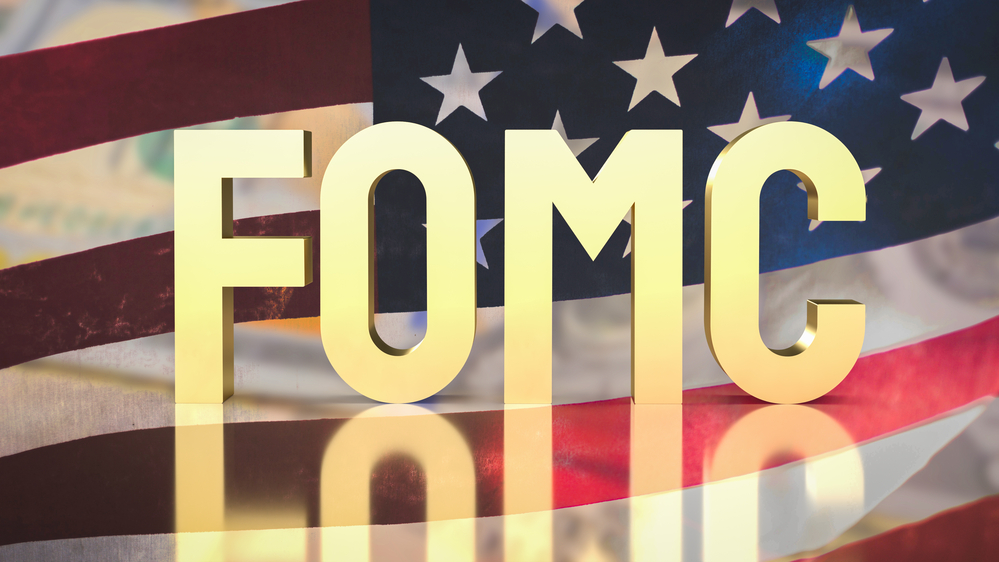
Monetary Policy & Inflation | US

Monetary Policy & Inflation | US
This article is only available to Macro Hive subscribers. Sign-up to receive world-class macro analysis with a daily curated newsletter, podcast, original content from award-winning researchers, cross market strategy, equity insights, trade ideas, crypto flow frameworks, academic paper summaries, explanation and analysis of market-moving events, community investor chat room, and more.
In line with expectations, the Fed remained on hold. Chair Jerome Powell signaled the Fed must see disinflation resume before cutting but kept its policy outlook unchanged, as I expected.
The statement and presser communicated somewhat weaker confidence on disinflation. The statement noted the past few months’ lack of ’further progress’ on inflation. The presser opening statement conveyed less certainty than at the March FOMC on labour market rebalancing. During the Q&A, Powell noted Q1 goods and housing inflation had been higher than the FOMC expected. Regarding the latter, Powell stated the transmission lags from market rents (i.e., rents paid by new tenants) to average rents in the consumer price indices were longer than the Fed expected.
Powell also stated clearly ‘it’s unlikely that the next policy rate move will be a hike.’ Powell believed ‘the evidence showed pretty clearly that policy is restrictive and is weighing on demand.’ He did not think tighter financial conditions were necessary for a resumption of disinflation.
Stable inflation expectations were a necessary condition for Fed patience. The presser opening statement noted ‘Although some measures of short-term inflation expectations have increased in recent months, longer-term inflation expectations appear to remain well anchored.’
Powell again explained that last year’s combination of disinflation and strong labour market reflected positive supply shocks. Going forward, he ‘wouldn’t rule out’ supply side gains continuing as ‘companies still report that they are facing supply side issues.’
He further stressed the US had seen a ‘significant increase in potential output caused by increased participation and high immigration, independently of any productivity increase.’ Because the 2023 acceleration in productivity growth followed a contraction in 2022, Powell did not have a view on whether the acceleration would be sustainable.
As a result, Powell did not believe ‘either growth or a strong labor market in and of itself would automatically create problems for inflation.’
Powell provided guidance on future policy moves. He highlighted ‘we don’t like to react to one or two months’ data’, so any new policy move is likely to lag data changes.
A cut would require either ‘greater confidence’ on inflation (i.e., disinflation resuming with continued labour market rebalancing) or ‘unexpected’ weakening in the labour market (i.e., weakening that would signal broad-based demand weaknesses rather than rebalancing). I think the Fed would be more proactive in reaction to the latter than the former.
By contrast, Powell indicated that should inflation continue moving sideways with a strong labour market, the Fed would likely stay on hold.
Although Powell refrained from explicitly discussing conditions for a hike, he stated the data ‘would have to answer the question’ of whether the policy rate had peaked. I believe core PCE would have to move sustainably to a higher range for the Fed to resume hiking, which is not my base case scenario.
Overall, the meeting, together with my view on core PCE remaining sticky around current levels, was consistent with my expectations that the Fed will remain on hold through the remainder of the year. In addition, I expect the June dot plot to show only one or two 2024 cuts since the Fed no longer expects to start cutting in June.
In line with the March meeting minutes, the FOMC announced the start of the QT taper in June, with the cap on Treasury reinvestments reduced to $25bn from currently $60bn and with an unchanged cap on agency paper.
The market was excessively hawkish coming into the FOMC, which explains the rally in fixed income and equities. Markets are now pricing 1.4 cuts by December 2024, against 1.1 before the FOMC and my expectations of no cut.
.
.
Spring sale - Prime Membership only £3 for 3 months! Get trade ideas and macro insights now
Your subscription has been successfully canceled.
Discount Applied - Your subscription has now updated with Coupon and from next payment Discount will be applied.